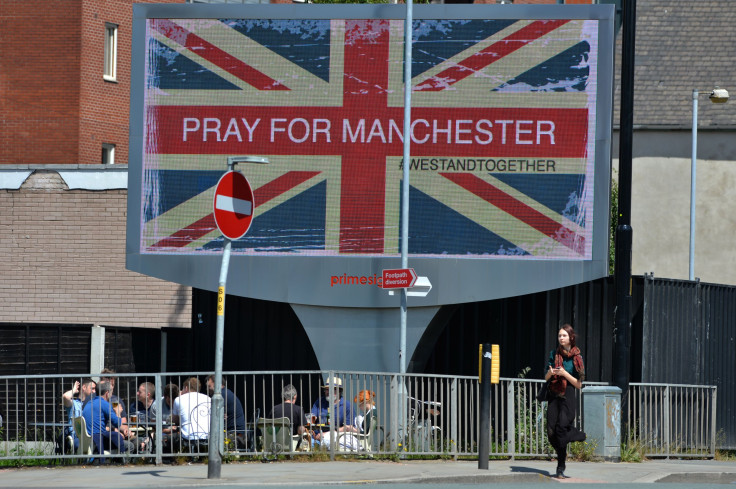What The Manchester Bombing Says About Security And Terror In The UK And Europe

The bomb attack on Manchester Arena comes at a time when the whole of the UK is on high terror alert. Across Europe, there recently have been a number of attacks using vehicles and knives – and that has focused many people’s minds on these being the types of terrorist assault to expect. But Manchester has now taught us that we should never forget the acute danger presented by bomb attacks.
Only last year we saw bombs in Brussels, Belgium, and Aachen, Germany. With the UK at threat level 4 – indicating that an attack is “highly likely” or “severe” – violence in various forms is to be expected.
Now the police and security services are ascertaining whether the Manchester bomber was acting on his own or as part of a network – or indeed whether or not ISIS is responsible for the attack as it claims. Using an improvised explosive device does require a degree of sophistication and knowledge. We saw this during the Irish Troubles, when pipe bombs were used, as well as in the 2013 Boston Marathon attack when a pressure cooker was converted into an IED and ball bearings, nuts and bolts were released at high velocity as shrapnel to maximises the impact of the explosion.
Swift response
The effectiveness and efficiency of the emergency services in dealing with the aftermath of the Manchester attack is already apparent. Over the last few years, a number of practical terrorism training exercises have been run in various locations in the UK – including at the Trafford Centre in Manchester. The aim of these exercises is to test responses to various forms of attack, from terrorists using small arms fire in the likes of a shopping center to bomb attacks. This is part of the Prepare strand of the UK‘s CONTEST terrorism strategy.
As we saw in Manchester on Monday night, the usefulness of these exercises clearly paid dividends and emergency services effectively were able to seal off an area around the location of the attacks and deal with casualties.
But can these types of attacks ever always be prevented? There appears to have been a degree of planning in selecting the Manchester Arena, which is a large concert venue where high profile entertainers perform to big audiences, as a target. The timing also seems to have been considered – the end of the concert when it would have been easier to walk from the street to the entrance/exit and detonate an explosive device.
Similarly, attacks using knives or vehicles as weapons are very hard to prevent. Nevertheless, we have seen that physical barriers can diminish the threat posed by vehicles.
Security is usually strict upon entering sporting and concert venues such as the Manchester Arena. Bags are searched and tickets closely checked. But perhaps we need stricter measures at these venues when people are leaving. This is not an easy task, as we saw in Manchester – friends and relatives were also waiting near the exit to pick people up and take them home.
But perhaps we shouldn’t lose perspective: thankfully, terrorist attacks are still rare, in part thanks to the work the police and security services do in preventing them. And we should not let terrorism affect our movements as we live as normal a life as possible. Nevertheless, we now have to expect the possibility of an attack and, unfortunately, we all need to become more vigilant.
David Lowe, Senior Lecturer Liverpool Centre for Advanced Police Studies, LJMU, Liverpool John Moores University
This article was originally published on The Conversation. Read the original article.





















